I'm posting this test that I made specifically for the newbie photographers who are just getting their feet wet in photography.
Some people learn faster or better when you see the physical difference instead of just theory. To get you started, here is a blog from a website that illustrates how the aperture opening function which can restrict or allow the amount of light that enters your camera's sensor.
http://silverstrandphoto.wordpress.com/2010/06/29/tuesday’s-tips-tricks-shutter-aperture-together/
About Aperture
Sticking with the basics, the lower the number such as f1.4 means that the lens is allowing more light to enter as illustrated on the link above. The higher the number such as f8 will restrict the amount of light that gets in but this also increases your depth of field (DOF). This means that you get more in-focus and you see more of the background and you get sharper images with your lens whether it is your kit lens or prime (single focal length) lens. To maintain the aperture of your lens, use A mode and the camera will adjust the shutter speed as necessary.
However, since this greatly affects the available light especially indoor, we can compensate this by using a fill flash or a strobe light.
Use of ISO
The other way to compensate the use of a smaller aperture such as f8 in my example is by increasing the ISO level. Increasing the ISO level does have a downside to it which is "noise" or grain as they call it with film. We can clean up some of the noise by other softwares such as noise ninja or Topaz DeNoise.
If you do not do a lot of heavy cropping and if you downsize or re-size your images to website file sizes such as 1050 x 700 as an example, can conceal the noise that is used at higher ISO level such as ISO 1600, 3200 or even 6400.
Shutter speed
For long exposure, you can still use a smaller aperture (f8 or higher number), use a low ISO i.e. ISO 200 by slowing down your shutter speed to let say 13 seconds depending on how dark the area is. This can be possible if you use a stable tripod in order to avoid camera shake. Your camera can produce cleaner images if you enable the "long exposure NR". This feature with your Nikon camera will take additional few seconds to process the image after the long exposure is completed. I suggest turning on this feature for this purpose.
During sunny days, a higher shutter speed may be desirable to prevent over exposing your image. Use S mode to control the speed. Your camera will adjust the value of your aperture as necessary.
So here are the sample images that I shot starting at f1.4 up to f8. Notice how the DOF changes as I increase the aperture number. ISO remained at ISO 200. Shutter speed was adjusted (slowed down) as I increased the aperture setting.
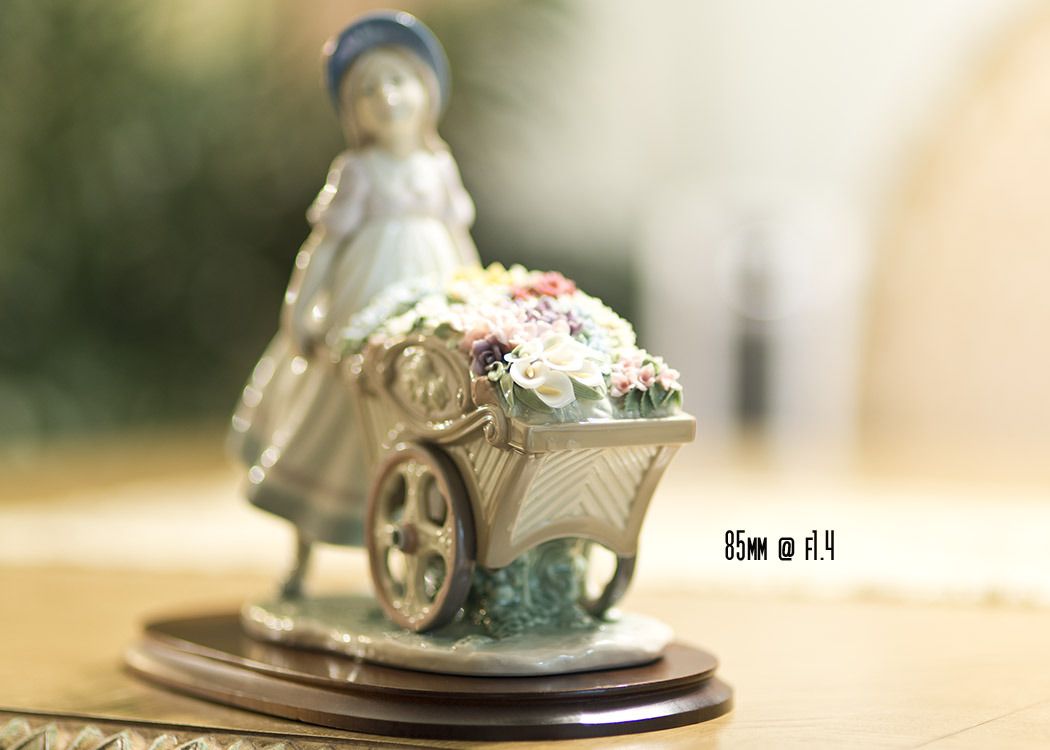
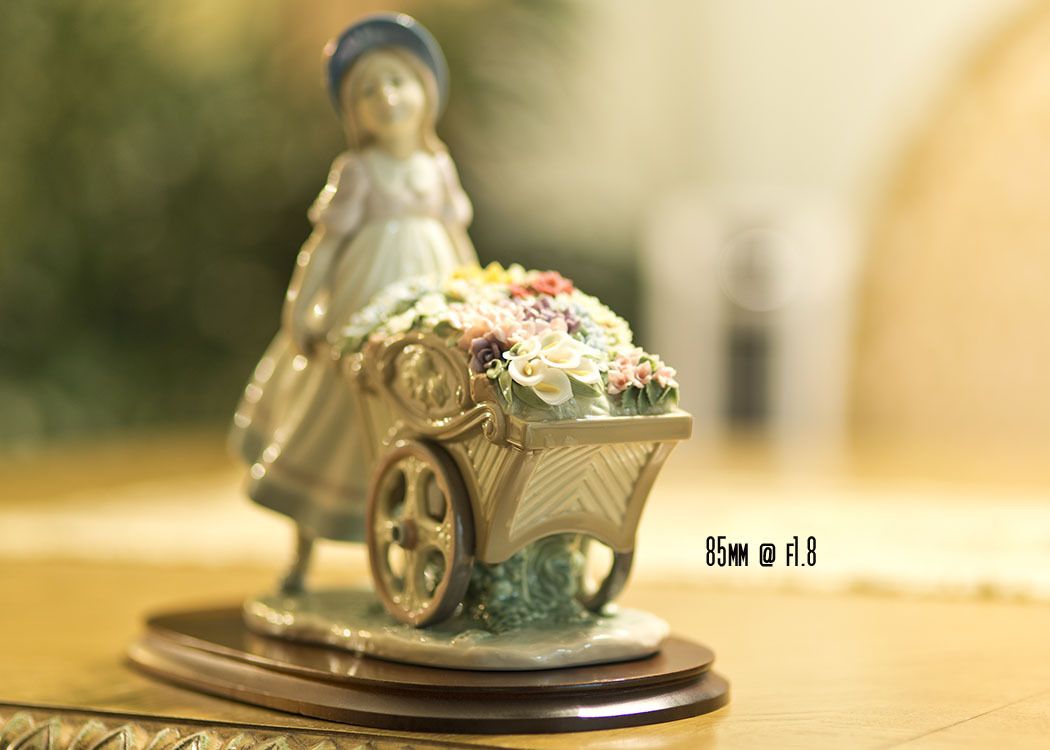
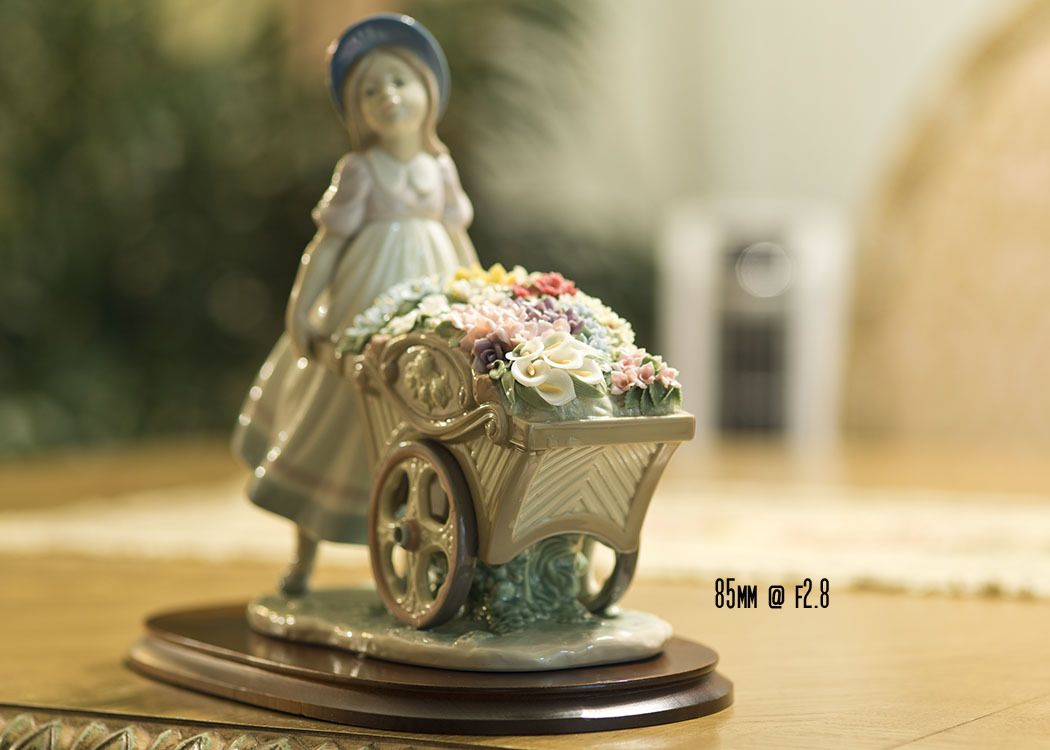
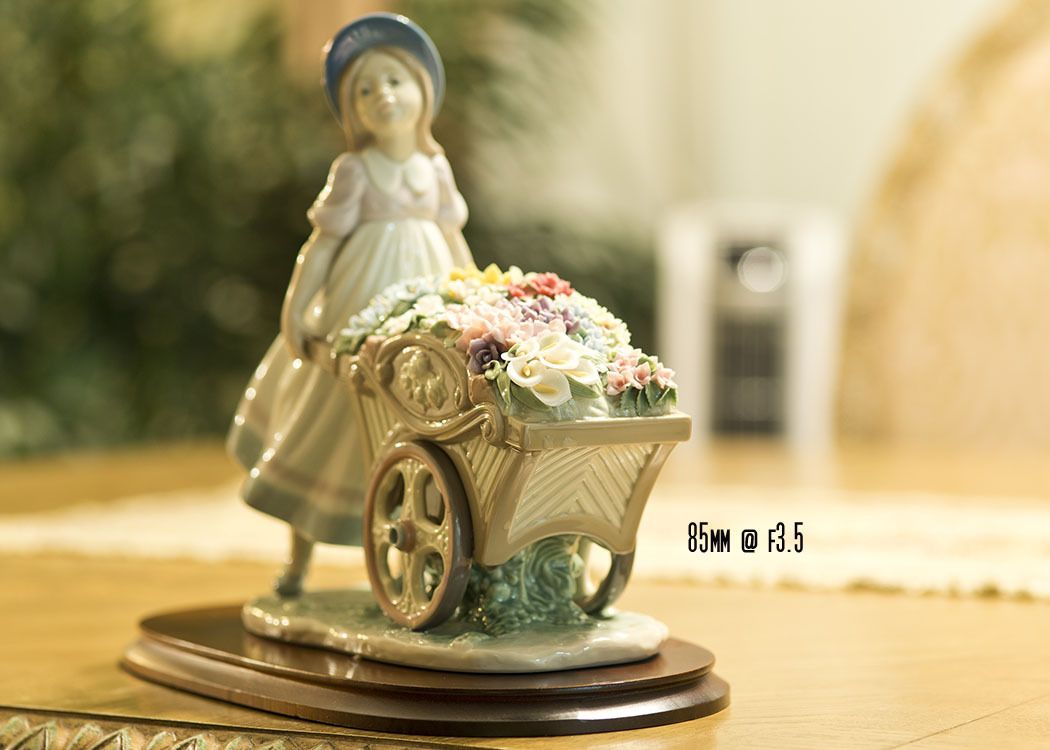


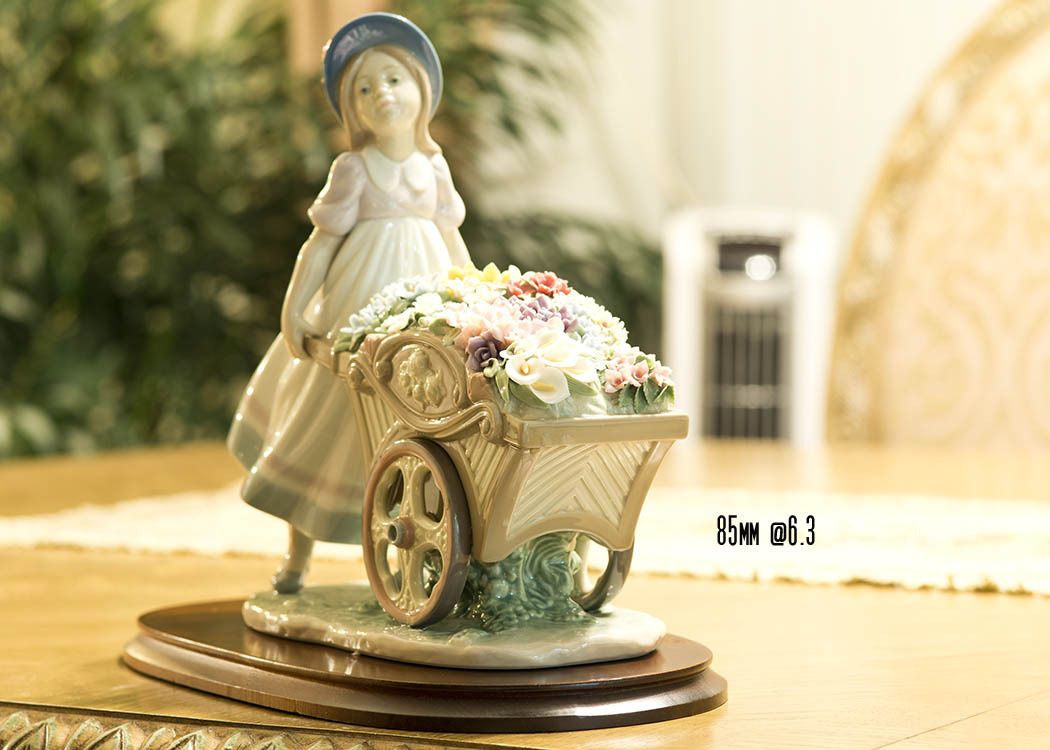
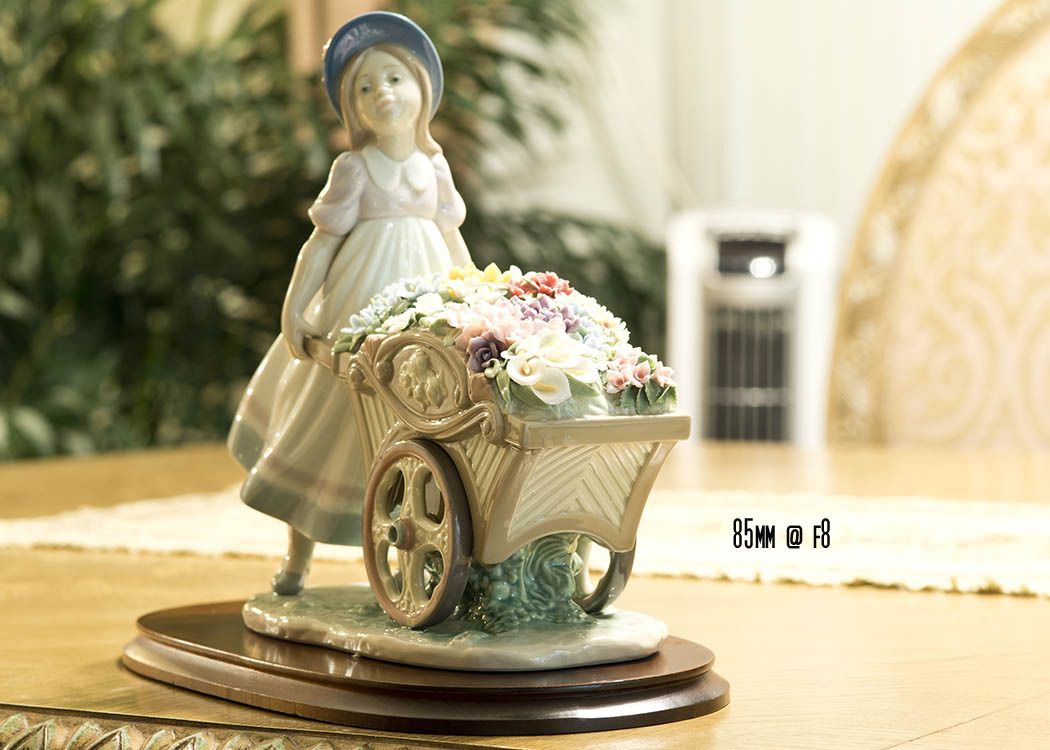
That's all folks!
Some people learn faster or better when you see the physical difference instead of just theory. To get you started, here is a blog from a website that illustrates how the aperture opening function which can restrict or allow the amount of light that enters your camera's sensor.
http://silverstrandphoto.wordpress.com/2010/06/29/tuesday’s-tips-tricks-shutter-aperture-together/
About Aperture
Sticking with the basics, the lower the number such as f1.4 means that the lens is allowing more light to enter as illustrated on the link above. The higher the number such as f8 will restrict the amount of light that gets in but this also increases your depth of field (DOF). This means that you get more in-focus and you see more of the background and you get sharper images with your lens whether it is your kit lens or prime (single focal length) lens. To maintain the aperture of your lens, use A mode and the camera will adjust the shutter speed as necessary.
However, since this greatly affects the available light especially indoor, we can compensate this by using a fill flash or a strobe light.
Use of ISO
The other way to compensate the use of a smaller aperture such as f8 in my example is by increasing the ISO level. Increasing the ISO level does have a downside to it which is "noise" or grain as they call it with film. We can clean up some of the noise by other softwares such as noise ninja or Topaz DeNoise.
If you do not do a lot of heavy cropping and if you downsize or re-size your images to website file sizes such as 1050 x 700 as an example, can conceal the noise that is used at higher ISO level such as ISO 1600, 3200 or even 6400.
Shutter speed
For long exposure, you can still use a smaller aperture (f8 or higher number), use a low ISO i.e. ISO 200 by slowing down your shutter speed to let say 13 seconds depending on how dark the area is. This can be possible if you use a stable tripod in order to avoid camera shake. Your camera can produce cleaner images if you enable the "long exposure NR". This feature with your Nikon camera will take additional few seconds to process the image after the long exposure is completed. I suggest turning on this feature for this purpose.
During sunny days, a higher shutter speed may be desirable to prevent over exposing your image. Use S mode to control the speed. Your camera will adjust the value of your aperture as necessary.
So here are the sample images that I shot starting at f1.4 up to f8. Notice how the DOF changes as I increase the aperture number. ISO remained at ISO 200. Shutter speed was adjusted (slowed down) as I increased the aperture setting.








That's all folks!
